Protecting History in the Parks
How historians joined the National Park Service
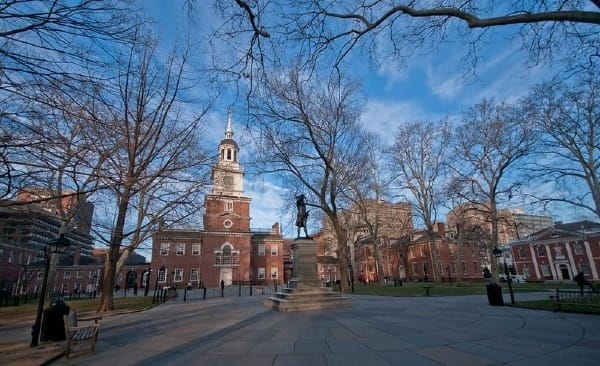
Horace Albright showed up at the White House at 9:00 AM on Sunday, April 9, 1933. Albright, the second director of the National Park Service, had been a central figure in the agency for years but only the director since 1929. Invitations from the White House came rarely, and Albright intended to use it opportunistically.
Albright joined an entourage of several cars heading into Shenandoah National Park to examine a camp President Herbert Hoover had used as an escape, a sort of precursor to today's Camp David. During lunch, President Franklin D. Roosevelt was "in a mood for good-natured banter and fun" while Albright occasionally answered questions about the site and the surrounding park.
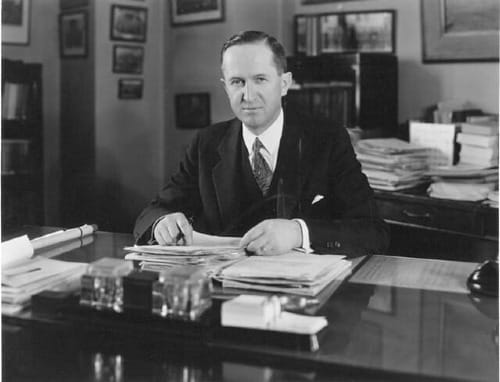
Then Roosevelt, who had been president for barely a month, asked for Albright to join him for the drive back along Skyline Drive, then being constructed. Albright described that day in his memoir, The Birth of the National Park Service: The Founding Years, 1913-33 (1985), as "one of the most momentous experiences of my Park Service career." He had been waiting some time for this.
What followed changed the National Park Service, chiefly its relationship with history.
Adding History to the Parks
The Organic Act of 1916 that created the National Park Service stated that the agency would conserve "the scenery and the natural and historic objects and the wild life therein and [would] provide for the enjoyment of the same in such a manner and by such means as will leave them unimpaired for the enjoyment of future generations." Although this mission included "historic objects," the main purpose of national parks was widely understood to protect nature, not history.
Albright wanted to expand that mission. For close to two decades, Albright and his predecessor Stephen Mather focused covetous eyes on military parks and battlefields. The Department of War controlled these sites but outsourced (or ignored) their historical interpretation, creating a fractured historical narrative.
On their return drive, the NPS director asked Roosevelt if he realized that the second battle of Manassas, or Bull Run, started in this landscape. A Civil War history discussion followed that Albright used to raise his point.
The National Park Service should be the agency to manage and interpret the military parks and battlefields. Albright pointed out that the service had begun acquiring other historic sites and eastern national parks. Adding the military parks would solidify the NPS in the East and allow the agency to streamline historical interpretation in government—the drive for government efficiency has many miles on it.
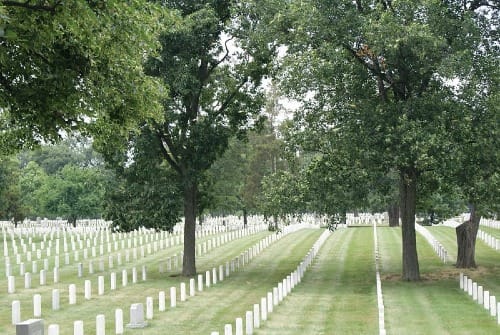
The issue of consolidating these sites had gone to Congress in 1928 and fizzled. Now, with an energetic new president empowered to reorganize the federal bureaucracy, the time was right.
Two months later, Roosevelt signed Executive Order 6166 that reorganized the federal government, including consolidating historic sites with the National Park Service. A second executive order, 6228, formally transferred 57 historic sites and 17 monuments. National Parks Traveler said these actions "impacted the national park system like no other event before or since."
It was Albright's crowning achievement; he resigned a week later.
To continue the historical transformation, two years later, Congress passed the Historic Sites Act (1935) to make it "a national policy to preserve for public use historic sites, buildings and objects of national significance for the inspiration and benefit of the people of the United States." The Park Service would do this work, expanding its role toward historic preservation to a much greater degree.
Adding Historians
That meant the agency needed historians—and a story to tell.
The National Park Service started hiring historians. Verne Chatelain had been the first chief historian of the agency. As the Roosevelt era changes were implemented, Chatelain noted, "I was hiring PhDs a dime a dozen."
Many people, including Secretary of the Interior Harold Ickes, to whom the NPS reported, found all the interpreting at odds with the parks' purposes. Parks were for nature. "I don't think the parks were intended to be classrooms," Ickes said.
Nevertheless, historians got to work.
The historian Denise D. Meringolo, in her prize-winning book Museums, Monuments, and National Parks (2012), describes how this proceeded. Scholars set out to document and find historic sites while establishing a set of national standards to apply. These historians needed to determine whether an old home or fort represented something significant enough to be preserved by the National Park Service. The scholars devised a chronological and thematic breakdown and developed a larger narrative, Patterns of American History. With this in place, they could more easily decide or argue for or against a particular place meriting inclusion.
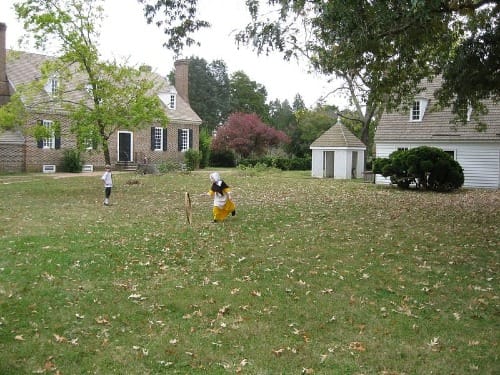
The narrative theme of Patterns of American History, however, was American progress. All well and good, perhaps, but presupposing "progress" made an awkward fit for a whole host of American history. And the agency was not prepared in the 1930s to reckon with "hard history." Indeed, its board rejected one topic—Political and Military Affairs, 1865-1937—deeming it too close to the present and potentially controversial.
According to Meringolo, the narrative framework guided historical work in the National Park Service until the 1990s when social and cultural history offered new guidelines. In a remarkably short period, the NPS grabbed on to history and integrated it into its bureaucratic culture with professionals to lasting effect.
This is not to say the historical explanations offered by the agency were perfect. Of course, its interpretation of nature and management of natural resources often left much to be desired too. Nevertheless, building a history program in a setting where it had no initial natural constituency was significant.
History in Jeopardy
History at national park sites today is in jeopardy. First, as with almost all federal agencies, cuts to funding and personnel will make National Park Service work—historical or otherwise—more difficult. Second, and alarming at a different level, the Secretary of the Interior Doug Burgum has ordered parks to assess history presented in the system.
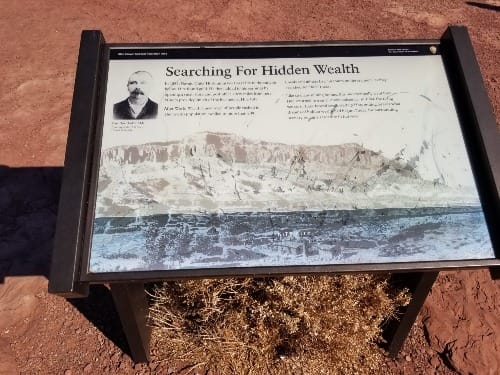
It is no dispassionate review that's ordered. It is partly a crowd-sourced effort, asking the public to report "inappropriate content" or "negative" information that is offered. Anything that "inappropriately disparages Americans past or living" will be reviewed. "Inappropriately" is doing a lot of work there, because the crew in charge of the government these days seems pretty sensitive to perceived slights and not at all sensitive to documented harms.
American history has been forged by humans. And humans—even exceptional Americans, those who have made the nation great—do things that can be classified as "negative." It is not even a little bit hard to come up with examples: dispossession of land, dispossession of bodies, dispossession of rights.
We need to guard against the dispossession of our history in our nation's most symbolic landscapes and historic sites.
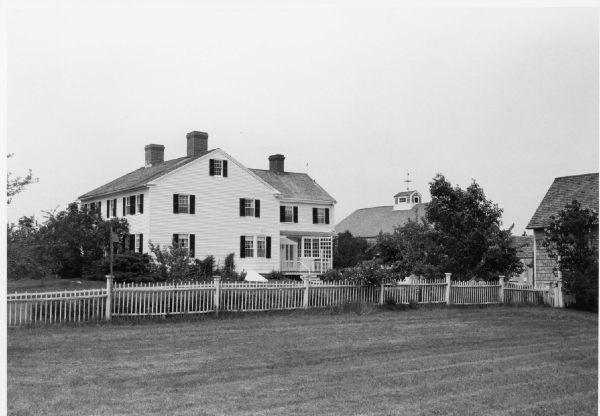
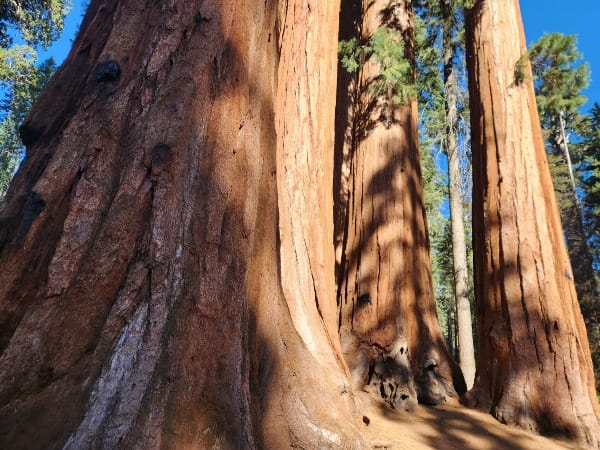

Comments ()